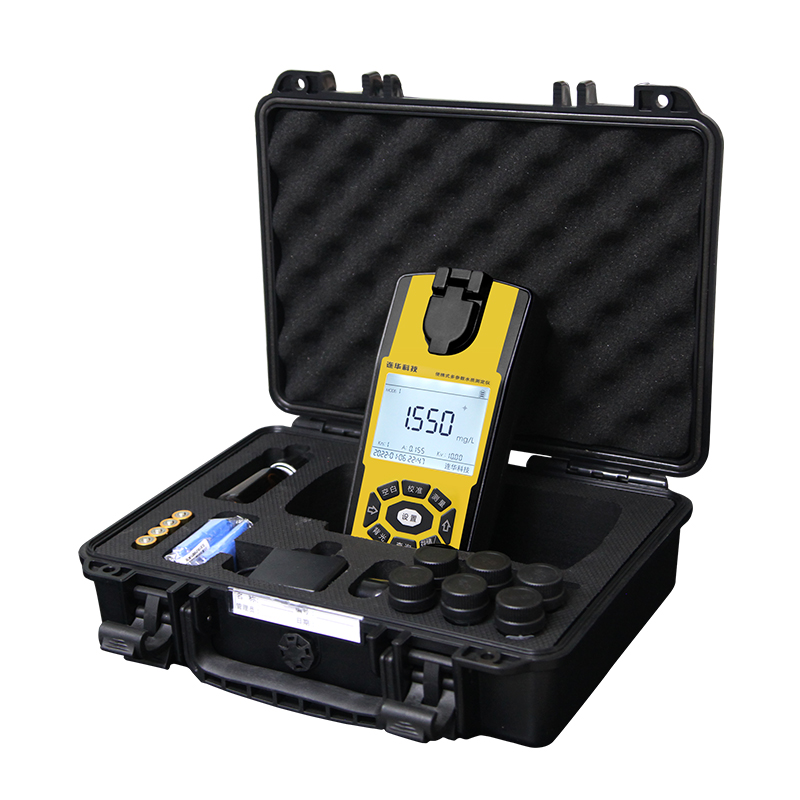Residual chlorine refers to that after chlorine-containing disinfectants are put into water, in addition to consuming a part of the amount of chlorine by interacting with bacteria, viruses, organic matter, and inorganic matter in the water, the remaining part of the amount of chlorine is called residual chlorine. It can be divided into free residual chlorine and combined residual chlorine. The sum of these two residual chlorines is called total residual chlorine, which can be used to indicate the overall disinfection effect of water bodies. Relevant institutions in various places can choose to detect residual chlorine or total residual chlorine according to relevant standards and specific conditions of water bodies. Among them, the free residual chlorine is generally free chlorine in the form of Cl2, HOCl, OCl-, etc.; the combined residual chlorine is the chloramines NH2Cl, NHCl2, NCl3, etc. formed after the reaction of free chlorine and ammonium substances. The residual chlorine we usually say generally refers to free residual chlorine.
Residual chlorine/total residual chlorine has different requirements for domestic drinking water, surface water, and medical sewage. Among them, the “Drinking Water Sanitation Standard” (GB 5749-2006) requires that the residual chlorine value of the factory water of the water supply unit be controlled at 0.3-4.0mg/L, and the residual chlorine content at the end of the pipe network shall not be less than 0.05mg/L. The concentration of residual chlorine in drinking water sources of centralized surface water should generally be less than 0.03mg/L. When the concentration of residual chlorine is greater than 0.5mg/L, it should be reported to the ecological environment management department. According to the different discharge subjects and discharge fields of medical sewage, the requirements for the total residual chlorine at the outlet of the disinfection contact pool are different.
Because residual chlorine and total residual chlorine are unstable in water bodies, their existing forms are easily affected by factors such as temperature and light. Therefore, the detection of residual chlorine and total residual chlorine is generally recommended to be quickly detected at the sampling site to ensure the accuracy of the detection. The detection methods of residual chlorine and total residual chlorine include “HJ 586-2010 Determination of free chlorine and total chlorine in water quality N,N-diethyl-1,4-phenylenediamine spectrophotometric method”, electrochemical method, reagent method, etc. . Lianhua Technology LH-CLO2M Portable Chlorine Meter is developed based on DPD spectrophotometry, and the value can be obtained in 1 minute. It is widely used in the real-time monitoring of residual chlorine and total residual chlorine because of its detection accuracy and ease of operation at work.
Post time: Mar-14-2023




